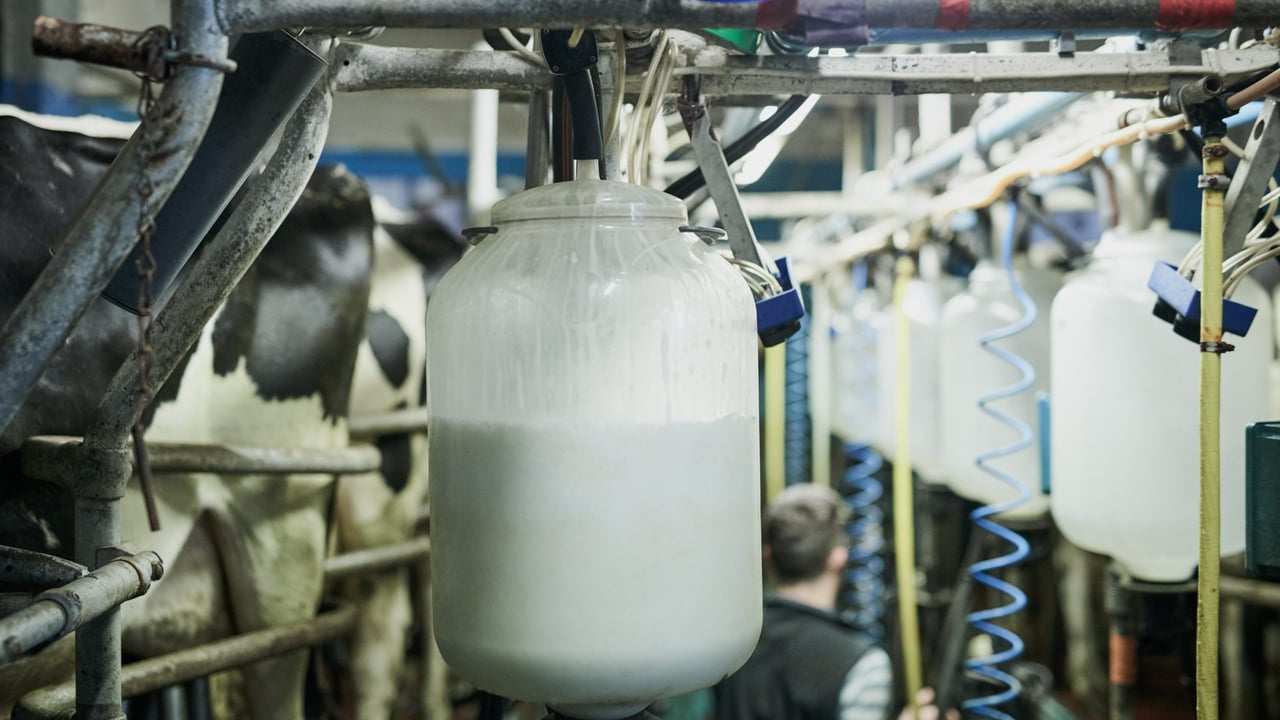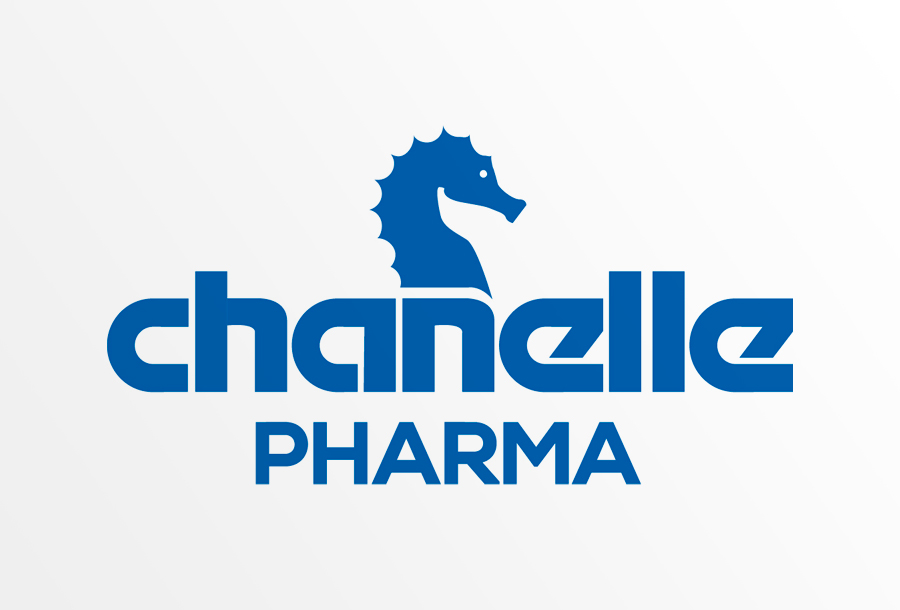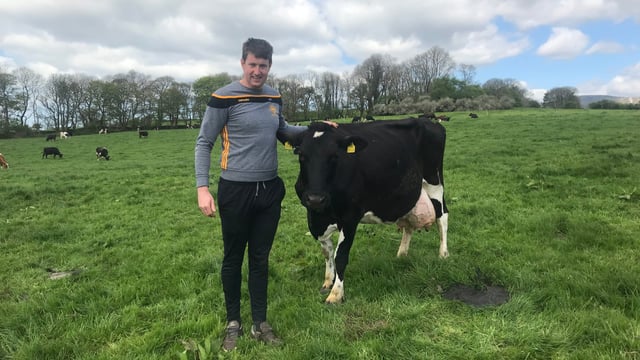Dairy advice: Creating a good strategy for drying off
We are quickly approaching the end of the 2025 milking season, meaning farmers must be preparing to dry off their cows.
Despite this being a relatively simple task, there is a bit of research needed beforehand to ensure everything goes accordingly.
As well as that, at this stage of the season, scanning should have been carried out to determine the approximate due dates of the cows in the herd, allowing farmers to create a good dry-off plan and a cull cow strategy.
From here, the question will be which cows in the herd should be milked on and which cows should be dried off early.
Dry-cow strategy
The most common rule of thumb to follow is that cows should be producing less than 9L/day when drying off.
However, in the back end of the season, some cows may still be producing upwards of 12L/day, and farmers will need to take action with these cows through methods such as reducing their feed intake.
Both heifers and cows need to be given a rest period of between 8-12 weeks, so it is important to ensure milk yields have reduced on time.
Many farmers only allow a dry period of six week, which is considered the absolute minimum.
Cows that do not receive the optimum rest time will struggle to build energy, resulting in poor body conidiation scores (BCS), as well as problems building mammary tissue in the udder, which can lead to high somatic cell counts (SCC).
High cell count and problems with mastitis indicates that the cow has infection within the udder, and giving them more time at dry off will allow udder tissue to repair and rejuvenate.
Another complication of the inadequate rest time can be difficult calving, and reduced milk production, as cows 'milk off their back' as a result of energy deficits.
Farmers should also consider giving cows with lameness issues extra rest time ahead of calving to allow them heal.
Farmers must also be studying milk recordings to decide which cows need antibiotics under selective dry cow therapy, with the era of blanket drying off effectively gone since the 2022 Veterinary Medicines Regulation came in.
Cows with that have not had any mastitis and have SCC of under 200,000 should only receive a teat sealer.
Drying off
Remember to leave adequate time for the task - it takes on average five minutes per cow to carry out the process correctly.
Therefore if you are milking 100 cows, the whole process should take close to 8.5 hours, and that is if everything goes smoothly.
It is recommended to dry cows off in small batches of about 10. This also ensures the parlour remains in a clean and hygienic state.
Hygiene is crucial during this process to minimise infections such as mastitis, so wash out the parlour before beginning and have everything on hand: gloves; teat sealer; antibiotics (for those needed); wiping spirits; and cotton wool.
Every cow being treated must be fully milked out, then each teat thoroughly cleaned.
This means starting at the furthest away teat first, rubbing each for a minimum of 10 seconds - if the wipe is dirty after rubbing a teat, it will need a second cleaning.
If administering antibiotics, ensure the tube is sterile before inserting. Once deposited, massage any antibiotics into the quarter.
Close of the base of the teat (where it joins the udder) using your hand before applying the sealant. Do not massage these contents into the quarter, as they stay in the teat acting as a physical barrier to infections.
Once sealed, spray the cow with teat spray, try to keep them calm by keeping them away from the sounds of the parlour to prevent milk let-down, and send them to a clean yard to stand while the teat close.
Make sure cubicles are in a high standard of hygiene (mucked out and limed) when the cow enters after drying off, especially for the first two weeks.





